Most visitors to Yellowstone National Park have probably never seen the Sportsman Lake patrol cabin.
Tucked in the backcountry west of Mammoth Hot Springs, accessible only by trail, the cabin serves the rangers of Yellowstone admirably. Indeed, photos of the interior show a handsome space, with its shiny, varnished floors and its pert, functional stove.
It wasn’t always that way. Indeed, today’s Sportsman Lake patrol cabin is naught but an echo of the old, which stood for almost a century before fate (and fire) swept it from the park.
Patrol Cabin Origins
As the name suggests, Yellowstone’s patrol cabins were built for soldiers around the park to stay in on their routes through Yellowstone’s backcountry, eyes peeled for poachers and the like. The National Park Service inherited these cabins and, indeed, built many more. Today, there are 38 patrol cabins scattered around Yellowstone National Park. Below is a picture of the old Sportsman Lake patrol cabin, taken 1963 by R.G. Johanssen.
According to historian Aubrey L. Haines, writing in The Yellowstone Story, Vol. 2, the patrol cabins lacked many amenities—but their appearance on the horizon after a day of snowshoeing was quite welcome:
Ordinarily, a day’s run on skis (ten to twenty miles) ended at a snug log cabin. These had a large porch overhang to shelter the doorway, and a rick of split wood; also, a snow shovel was hung under the peak, where it could be reached to dig out the door and relieve the roof of some of its burden. With that done, and the coffee-can cover removed from the stovepipe, the patrolmen could retire into their 10 by 14-foot shelter, light a lantern, and build a fire in the sheet-iron stove.
When the glacial chill was at last vanquished and the cots were made up with blankets that had been suspended from the ceiling beyond the reach of mice; when the big, zinc-covered box that served as a mouseproof cupboard for dished and dry goods was opened; and cans of food were brought up out of the cellar hole below the floor; and particularly when the smell of coffee, biscuits, and sizzling ham began to vie with the odor of socks and mitten liners drying in the rafters; and with the tang of beeswax being ironed onto the bottom oa pair of skis—when rangering had been reduced to these terms, it was a good life, however cold the day may have been.
Haines notes these cabins often inspired passionate attachments. Indeed, when ranger and Army scout Harry Trischman retired December 31, 1945—after 34 years of service—he left a note of lament at the Crevice ranger station: “They won’t let me sleep in their cabins anymore.”
Fan Fire
Anyone with even a cursory knowledge of Yellowstone National Park is familiar with the 1988 fires, which ravaged much of the park and threatened many landmarks, including the Old Faithful Inn. According to the National Park Service, it began small. June 14, 1988, when the Storm Creek fire sparked. Fan Fire, a comparatively modest blaze in acreage, burst into life June 25. By July 1, Fan Fire is large enough to be kicking up huge smoke plumes. You can see a map of the fires above, courtesy of the NPS.
According to KSL, the Sportsman Lake Patrol Cabin burned July 31—the only patrol cabin affected and an early casualty of the fire season.
Rebuild
Shortly after the 1988 fire season, crews built a new cabin on the site of the old. Although of newer material, they clearly kept to the formula articulated by Haines. It’s a handsome cabin, of course, but (as I’m sure any old-timer would agree) it’s not the same as the original.
 Yellowstone Insider Your Complete Guide to America's First National Park
Yellowstone Insider Your Complete Guide to America's First National Park
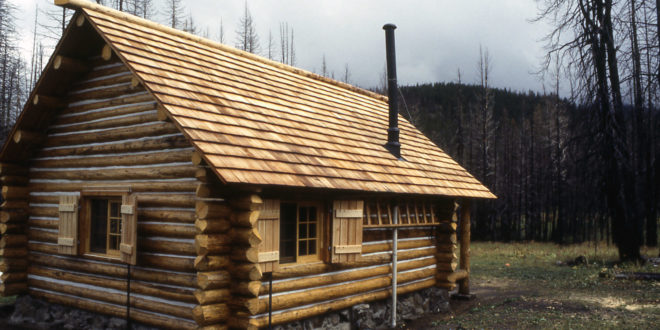
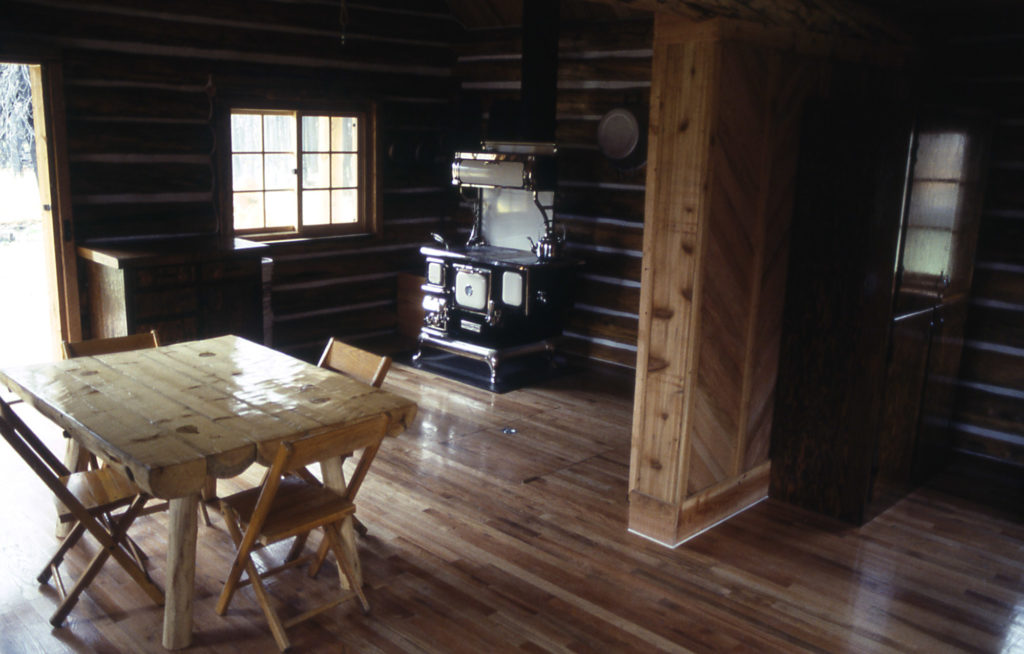
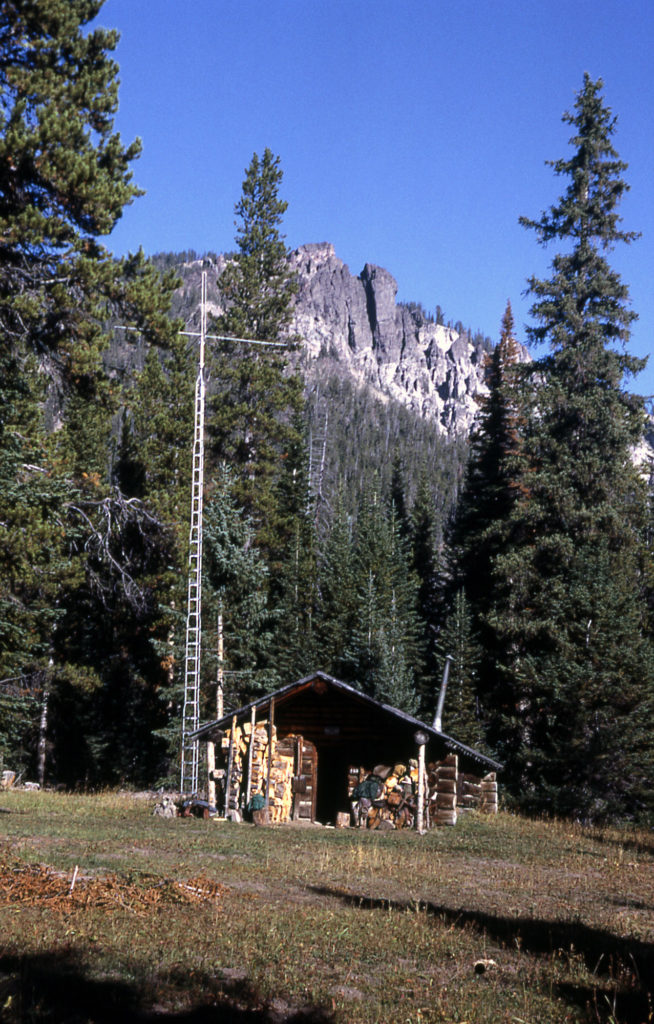
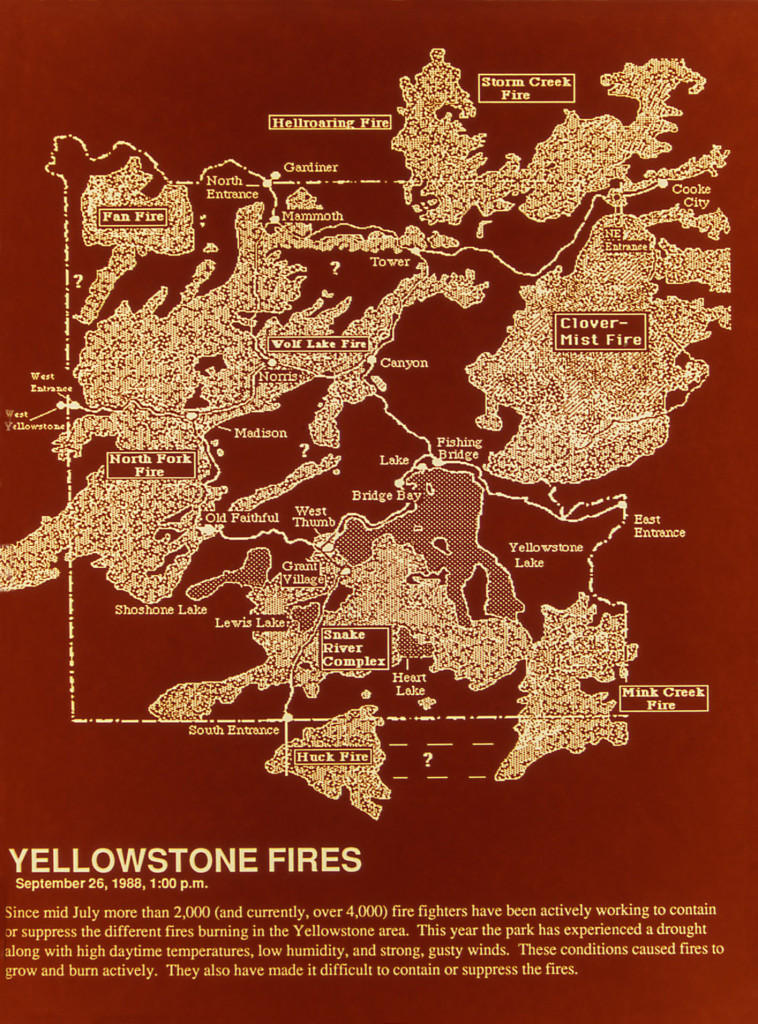

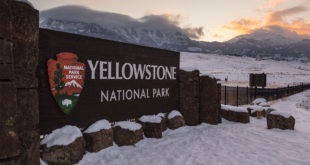
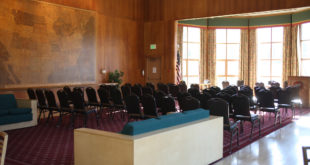
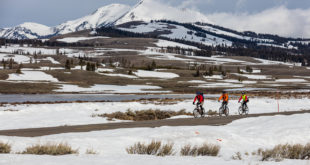
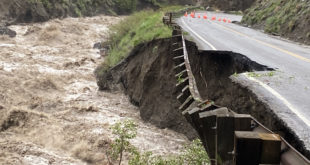
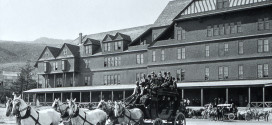
You must be logged in to post a comment.